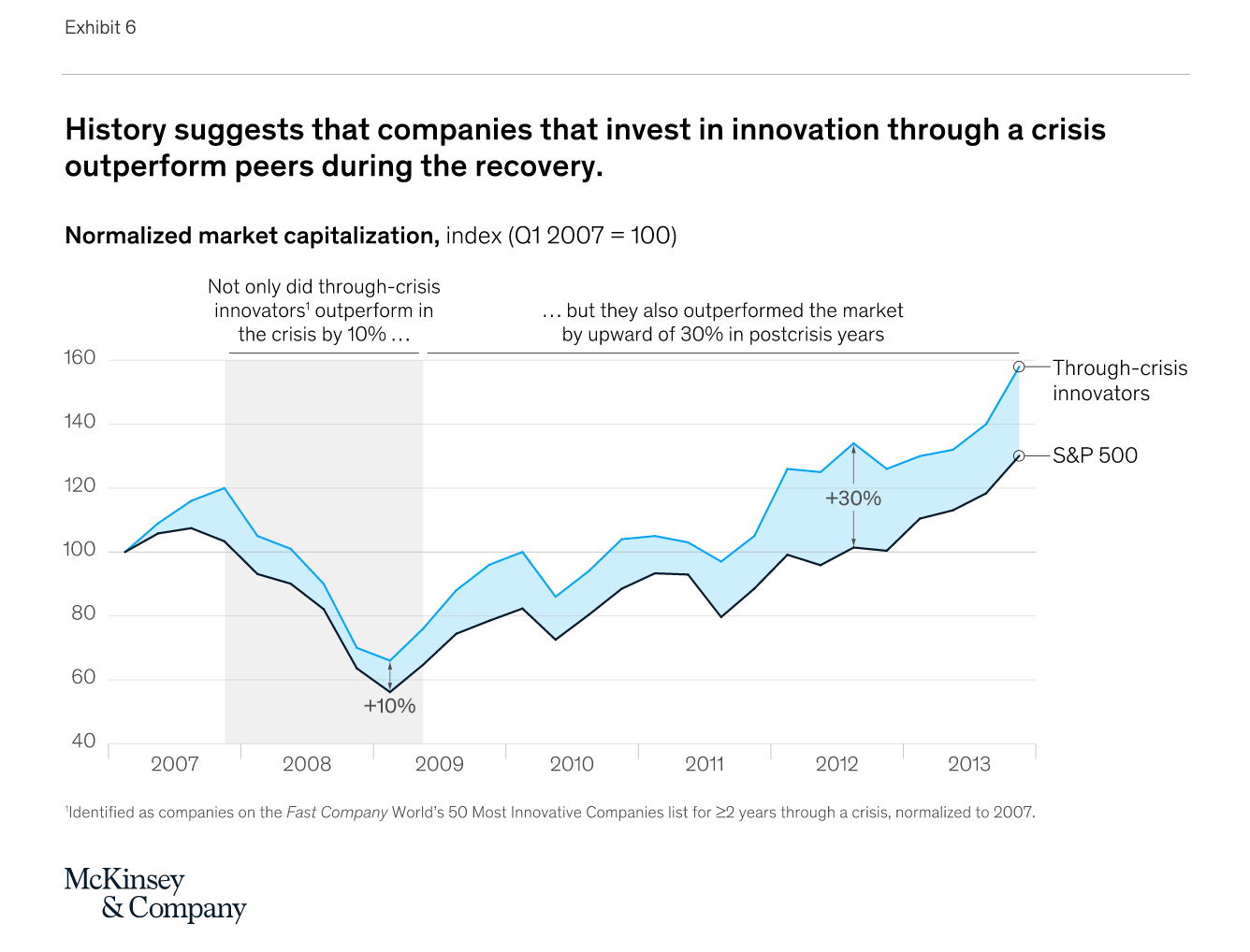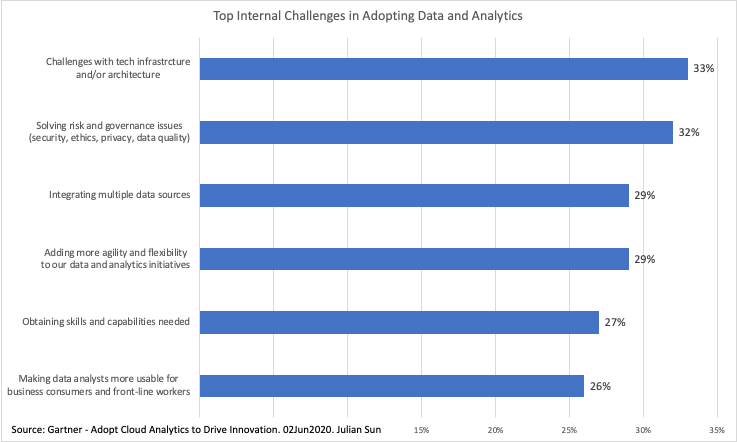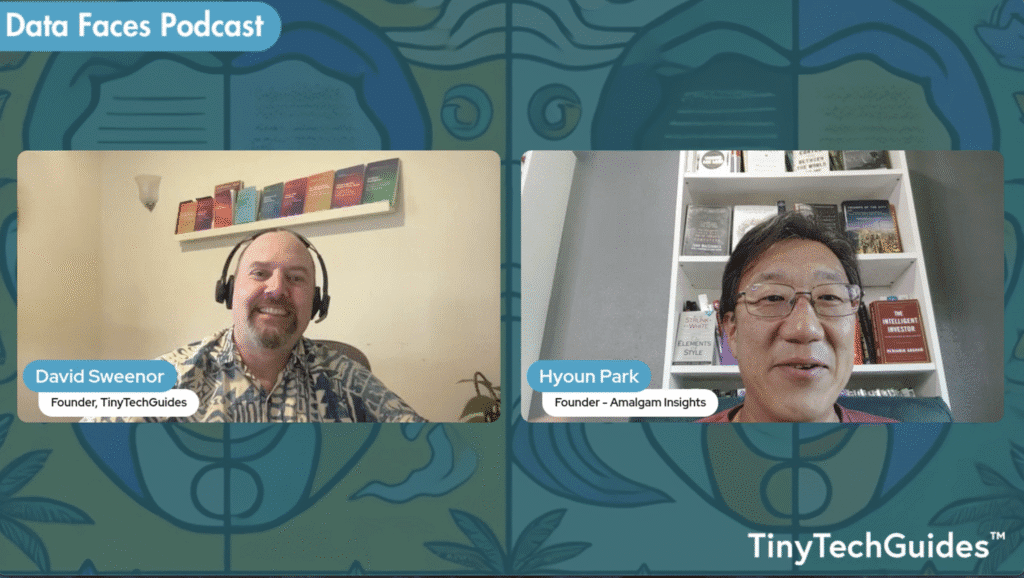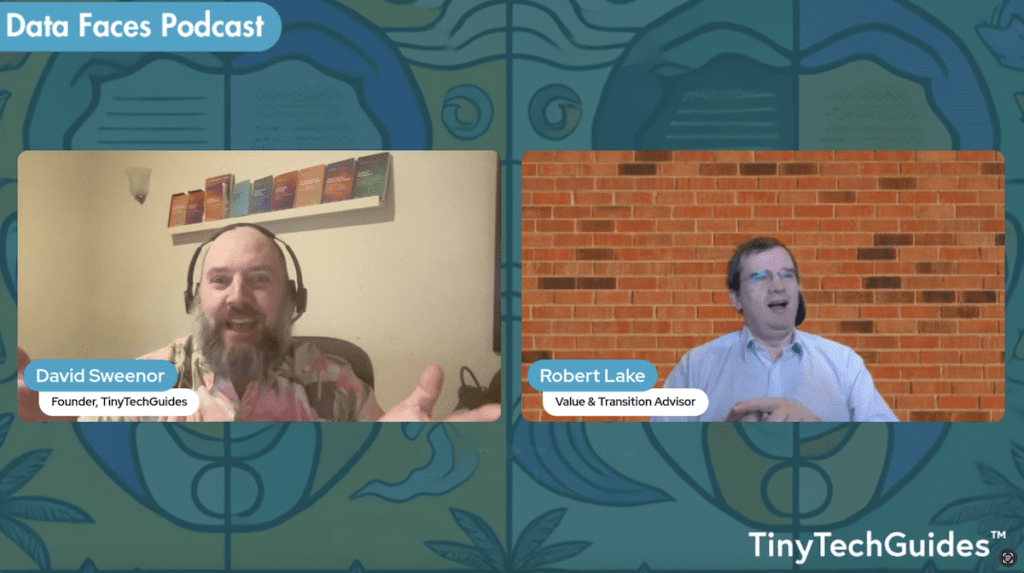Dynamic and uncertain marketing conditions have created new opportunities, but organizations will need to prioritize their analytics investments to seize them.

Economic uncertainty, supply chain disruptions, geopolitical instabilities, and other post-pandemic realities have dismantled the status quo. According to a McKinsey survey from 2020, more than 90% of executives expected COVID-19 to fundamentally change the way they conducted business over the next five years. Fast forward two years, and businesses are painfully aware of how much the pandemic has changed.
But as disruptive as the pandemic has been, it’s presented equal parts opportunity. More than 75% of the executives McKinsey surveyed agreed the pandemic would create significant potential for growth, but fewer than 30% felt prepared to tap into that potential.
Rather than seizing new opportunities, McKinsey reports that executives are prioritizing the prevalent issues of day-to-day business: cutting costs, pursuing comfortable business models, and minimizing risk. However, organizations face a significant opportunity cost by waiting for the economic dust to settle. Organizations that persisted in innovating during the 2009 financial crisis outperformed the market average by over 30%. That momentum continued into the next three to five years.

Source: Innovation in a crisis: Why it is more critical than ever, Jordan Bar Am et al.
As a rule of thumb, fundamental changes to daily life create new business models. For example, after the 2009 financial crisis, many workers faced unemployment, and the gig economy emerged. Another example is the SARS epidemic that spread through Asia in 2002, which became a catalyst for a major e-commerce boom.
The COVID-19 pandemic is no different. What helped companies succeed in the past may no longer work. McKinsey notes that some of these evident changes include revised sales models (for example, organizations haven’t been able to utilize their field reps), shifts to digital offerings, and rapid changes in customer behavior.
So what changes should companies make to drive innovation and seize these new opportunities? In addition to its Eight Essentials of Innovation,McKinsey recommends four steps:
- Adapt your business model to meet customer needs
- Identify and quickly address opportunities created by the disruption
- Take a critical look at your innovation initiatives and ensure you’re allocating your resources appropriately
- Build a strong foundation for growth that will help you stay competitive during and beyond the disruption
Each step will help organizations reflect on the present and strategize for the future. However, answering the difficult questions posed in these steps requires an unspoken but essential element: data analytics. Data analytics allows organizations to probe the status quo, dig into messy problems using all the available data, and build models that can look ahead. Here are four additional steps organizations should take to ensure they have the analytics foundation to support their post-pandemic plans.
Four steps to building an analytic foundation for innovation
Step 1: Prioritize investments in analytics and automation
IDC reports that 73% of businesses expect analytics software to exceed all other software investments in 2023 — a promising sign, but only if executed properly. Just like organizations must ensure they’re appropriately investing in innovation, organizations must doubly ensure analytics and automation is a top priority. It must be a core business pillar and receive resources accordingly.
In addition, organizations must invest in intuitive, easy-to-use analytics software that anyone in the business can use, regardless of skill level. This will ensure maximum impact, as users across the organization will be able to harness data and make empowered decisions. “Every customer touchpoint is a new opportunity to learn,” McKinsey says. “Having the ability to rapidly synthesize the many signals coming into an organization, recognize new patterns of customer behavior, and take action quickly can give companies a head start in the innovation race.”
Step 2: Streamline your analytic processes
Tremendous amounts of manual work and repetition bloat the typical analytics process. This “analytics waste” can come from four sources: data latency, analytics latency, decision latency, and action latency. I discuss how to overcome each in this blog. Organizations should also establish analytic centers of excellence, or analytic marketplaces, to promote reuse and speed across the business. Cloud data storage centers are an excellent way to repurpose and share data. Likewise, cloud analytics platforms can foster greater collaboration and speed, allowing employees to answer questions and make decisions faster.
Step 3: Invest in employees to democratize analytics across the business
Data science talent is more difficult than ever to find, but organizations can implement data literacy initiatives immediately. This includes training, skills development, and improved data access and sharing. Additionally, organizations can bridge the data science skills gaps with low-code, no-code solutions that empower “citizen data scientists.” These data workers will allow your organization to solve many more “small” problems that a centralized data science team may never get around to.
Step 4: Anticipate challenges
From politics to lack of funding, any number of challenges could slow down an organization’s analytics initiatives and, in turn, growth. Gartner lists six of the top challenges organizations face during analytics adoption.

To prevent and overcome these obstacles, organizations should focus on cloud-based analytics solutions that are easy to use and fast/easy to deploy. And as previously mentioned, focusing on organizational-wide data literacy will squash most skills challenges.
Double down on your analytics investments today
If you’re looking for a powerful cloud analytics solution, there are many great providers in in the market. I’d be happy to discuss the pros and cons of each.
Categories
- AI Trends (8)
- Analytics Leadership (10)
- Artificial Intelligence (52)
- Data Faces Podcast (6)
- Data Leadership (3)
- Marketing (19)
- Modern Data Stack (3)
- News (8)
- Tech News (1)
Latest Posts
- The “Survival of the Nimblest” Strategy for AI Marketing Success
- Stop Chasing Hallucinations—Focus on Agentic Quality
- Gartner’s Four-Box Foreteller of Fortunes (and FUD)
- From “AI-Ready” to AI Reality: Why Actionable Data Strategies Beat Endless Planning
- Team Dynamics Over Technology: The Human Elements that Drive AI Success



